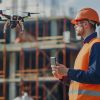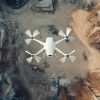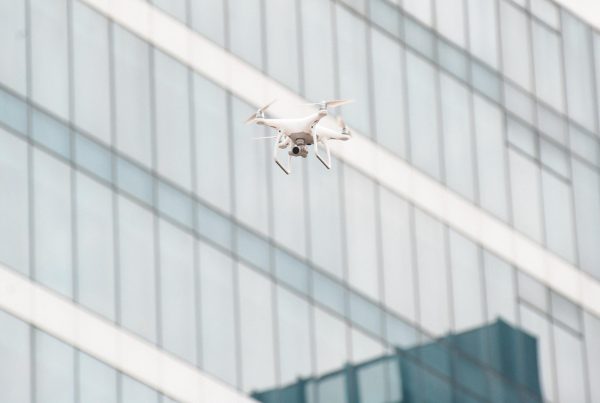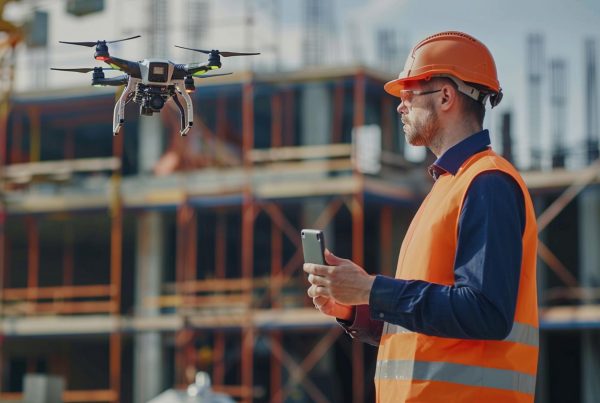
In the construction industry, where safety and security are paramount, drones are increasingly recognised as crucial tools. This part of our series delves into how drones enhance safety protocols and site security, reducing risks and ensuring a safer environment for workers.
Drones have rapidly become integral to enhancing safety and security on construction sites. By conducting regular and comprehensive inspections of high-risk areas, drones minimise the need to expose workers to potential hazards. This capability is especially valuable in inherently dangerous or difficult-to-access environments, such as high-rise constructions or large-scale infrastructure projects.
Equipped with advanced features like thermal imaging, drones can swiftly detect issues such as overheating equipment or electrical faults, which are common precursors to fire hazards. This early detection allows for immediate action, preventing potential accidents and ensuring the safety of the site. Additionally, drones can monitor environmental conditions and provide data on weather impacts, which helps in planning safer working conditions based on real-time information.
Beyond monitoring for safety, drones play a vital role in site security. They are used to patrol the premises, especially after hours, providing live video feeds that can deter theft or vandalism. This continuous surveillance capability is crucial not only for asset protection but also for documenting unauthorised access or identifying safety breaches as they occur.
The strategic deployment of drones also leads to operational efficiencies. By reducing the frequency and need for physical inspections, drones save time and resources, allowing safety personnel to focus on strategic safety planning and risk management. Moreover, the aerial data collected can be used for training purposes, offering realistic scenarios to enhance safety training sessions for site workers.
The impact of drones extends to emergency response. In the event of an accident or emergency, drones can be the first on the scene, providing critical information and visuals to guide emergency services more effectively.
The next article in this series will address the legal implications and regulatory challenges of drone usage in construction, highlighting how companies can navigate these to maximise benefits while ensuring compliance and safety.
Article 1: Transforming Pre-Construction Planning with Drones
Article 2: Drones in Construction Monitoring
Article 4: Navigating the Legal Landscape of Drone Use in Construction
Article 5: Future Trends and Developments in Construction Drones














